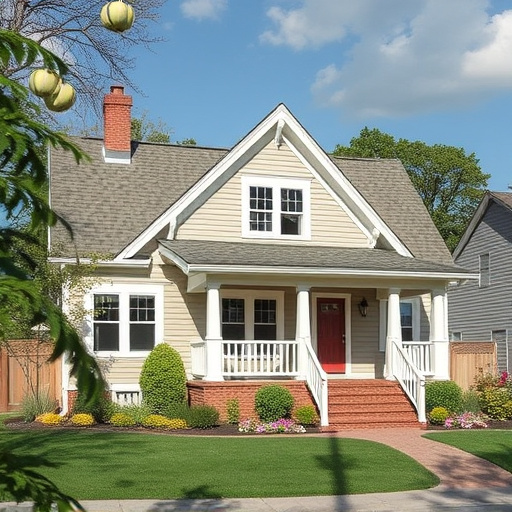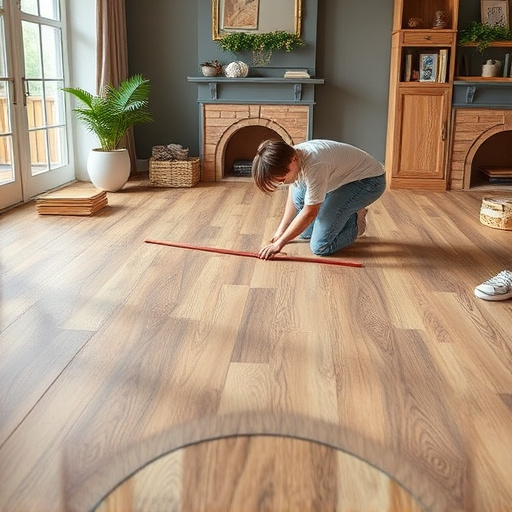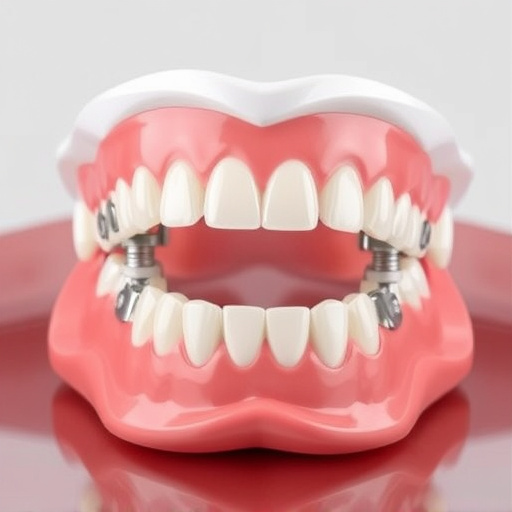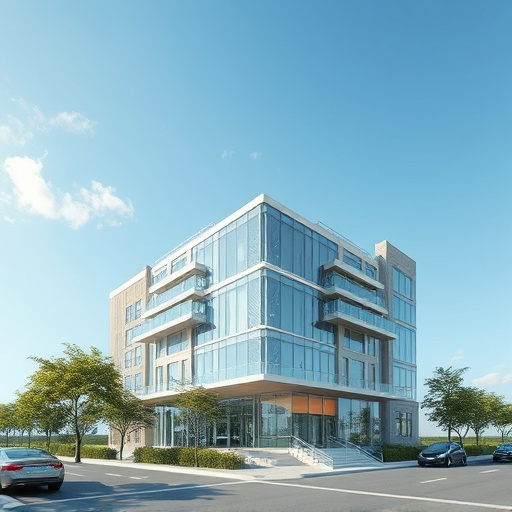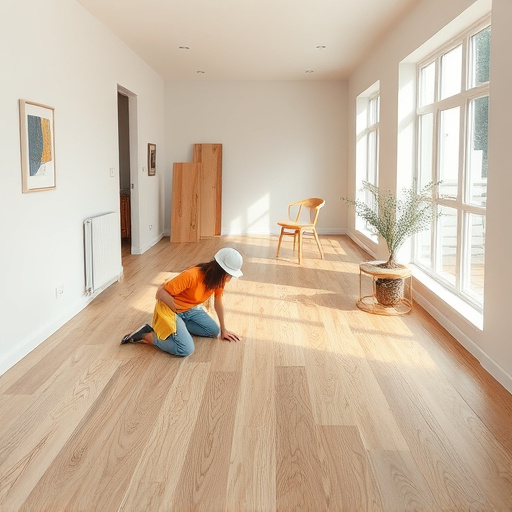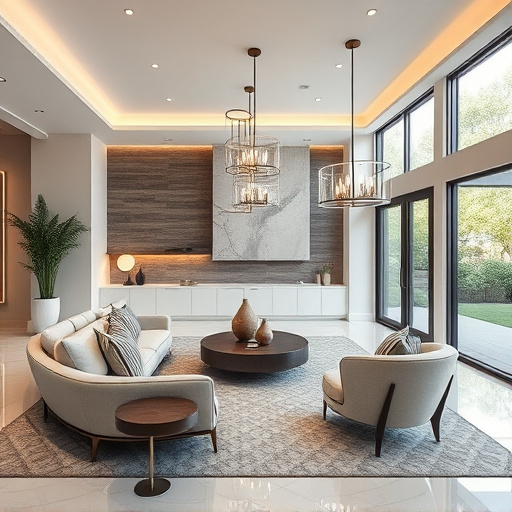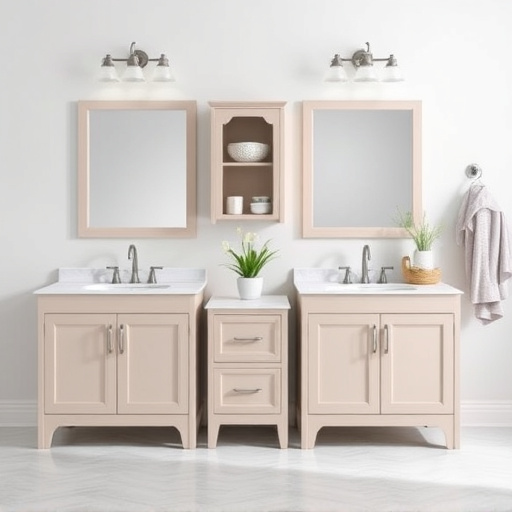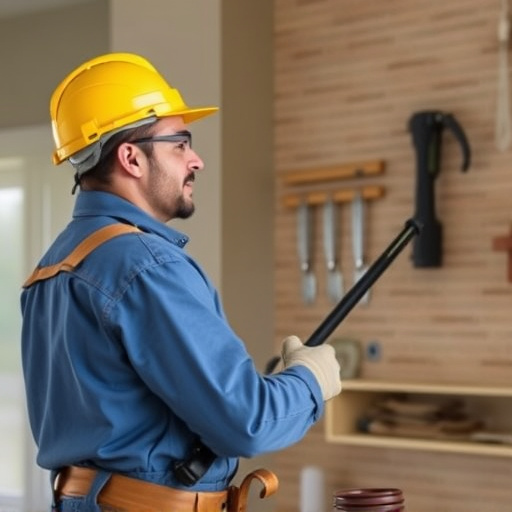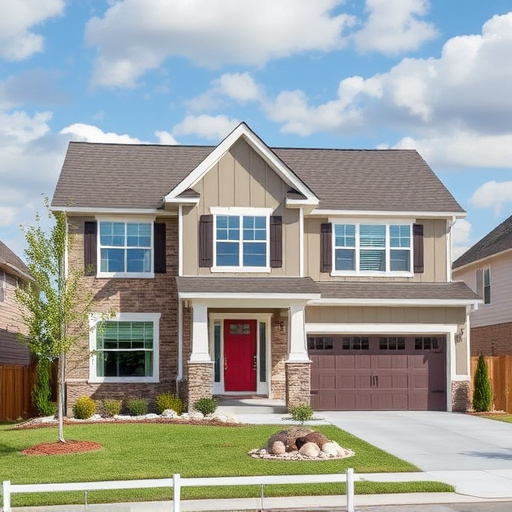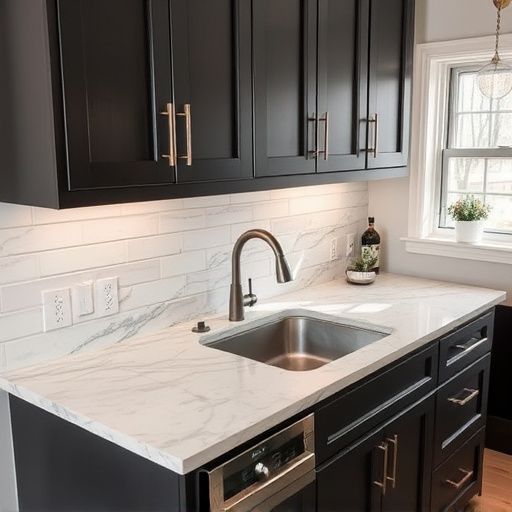Flooring design significantly impacts space layout and functionality, especially in high-traffic areas. Hardwood floors offer classic aesthetics and smooth movement, ideal for open-concept living and heavy traffic zones, while carpeted floors create warmth and coziness but can limit straight-line movement. During renovations, thoughtful flooring design connects rooms visually, enhances harmony, and ensures durability, guiding the eye through expansive areas or creating cozy nooks. Selecting appropriate materials is crucial; durable options like vinyl or ceramic tiles are preferable for high-traffic areas, while carpets offer insulation and coziness in bedrooms and living rooms. Modern trends integrate versatile materials like luxury vinyl tiles, enabling customizable patterns and colors to guide foot traffic, enhance aesthetics, and optimize space functionality.
Flooring design is more than aesthetics; it shapes room functionality and overall user experience. This article explores how strategic flooring choices influence layout, traffic flow, and specific functional areas, from kitchens to bedrooms. We delve into design trends enhancing space utility, offering insights on materials ideal for each area. Discover how the right flooring can transform your home, creating harmonious spaces that cater to both form and function through innovative flooring design.
- The Impact of Flooring on Room Layout and Traffic Flow
- Choosing Floor Materials for Specific Functional Areas
- Design Trends Enhancing Room Functionality through Flooring
The Impact of Flooring on Room Layout and Traffic Flow
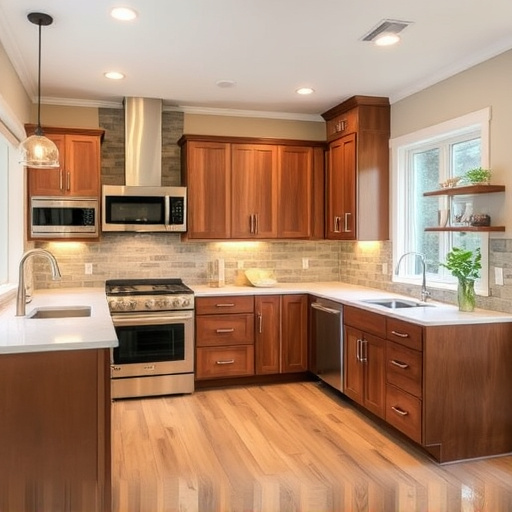
The choice of flooring design plays a pivotal role in shaping the layout and functionality of a space, especially when it comes to traffic flow within a room. Hardwood floors, for instance, offer a classic aesthetic that lends itself well to open-concept living areas, allowing for seamless movement between different zones. Their smooth surface encourages easy navigation, making them ideal for high-traffic spaces like hallways or kitchens. On the other hand, carpeted floors create a sense of warmth and coziness in bedrooms or living rooms, but they can limit straight-line movement, influencing how furniture is arranged and potentially impacting the overall flow of the space.
When undertaking home renovation or improvement services, considering flooring design is crucial for optimizing room functionality. For a multiple room remodel, selecting the right flooring can create visual connections between spaces, enhance overall aesthetic harmony, and ensure practical considerations like durability and maintenance are met. Whether it’s a modern tile pattern that guides the eye through an expansive dining area or a rustic wood floor that anchors a cozy reading nook, thoughtful flooring design ensures each room serves its intended purpose while enhancing the overall ambiance of your home.
Choosing Floor Materials for Specific Functional Areas
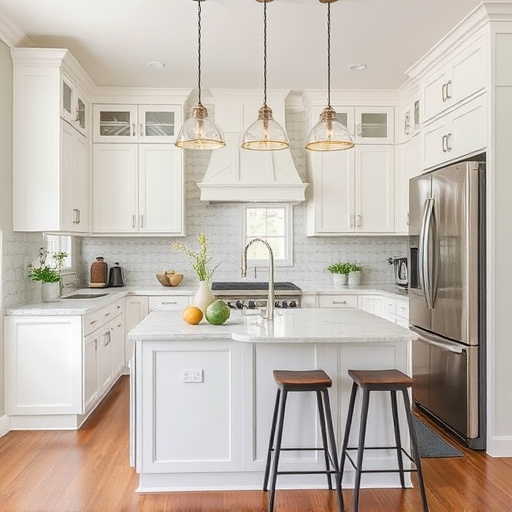
When designing or renovating a space, selecting suitable floor materials for different functional areas is key to achieving optimal room functionality. For instance, in high-traffic areas like kitchens and hallways, durability and low maintenance are paramount. Hardwood floors, known for their aesthetic appeal, may not be the best choice here, as they can show wear and tear quickly. Instead, consider robust options like vinyl flooring or ceramic tiles that offer excellent resistance to heavy use.
In contrast, bedrooms and living rooms often require floor coverings that exude comfort and warmth. Carpets provide insulation, reduce noise, and add a cozy feel, making them ideal for these spaces. For those undertaking whole house remodels or residential renovations, coordinating flooring design across different zones ensures a seamless transition from one area to the next, enhancing overall room functionality and visual appeal.
Design Trends Enhancing Room Functionality through Flooring
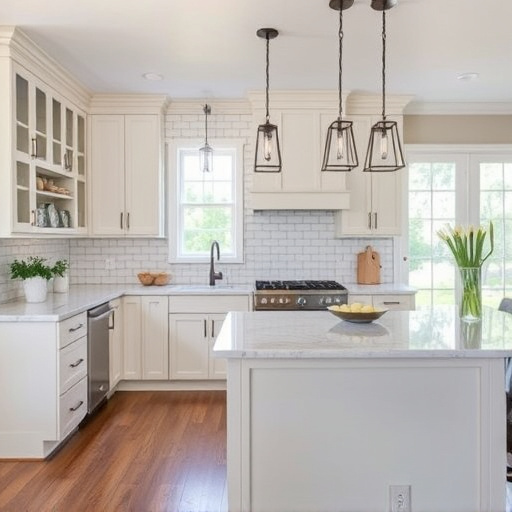
Modern flooring design trends play a pivotal role in enhancing room functionality, transforming mere spaces into dynamic environments tailored to diverse needs. One notable trend is the integration of versatile materials that seamlessly blend aesthetic appeal with practicality. For instance, luxury vinyl tiles offer an affordable and durable solution, mimicking natural textures like wood or stone while providing exceptional comfort underfoot. This versatility makes them ideal for high-traffic areas such as kitchens and bathrooms undergoing renovations, ensuring both style and durability.
Furthermore, the rise of customizable flooring patterns and colors allows designers to create unique layouts that cater to specific functions. From geometric shapes in open-concept living areas to subtle textures in home offices, these design choices not only elevate aesthetics but also guide foot traffic, promoting a more organized and efficient space. As seen in recent kitchen remodels, thoughtful flooring arrangements can maximize storage and workflow, turning these culinary hubs into functional works of art.
Flooring design plays a pivotal role in dictating the functionality of a room. By understanding how different floor materials and layouts impact traffic flow and room arrangement, designers can create spaces that are both aesthetically pleasing and highly practical. Embracing current trends that blend style with functionality ensures rooms cater to various activities seamlessly. Incorporating thoughtful flooring choices enhances overall space utilisation, making each area more efficient and enjoyable.
